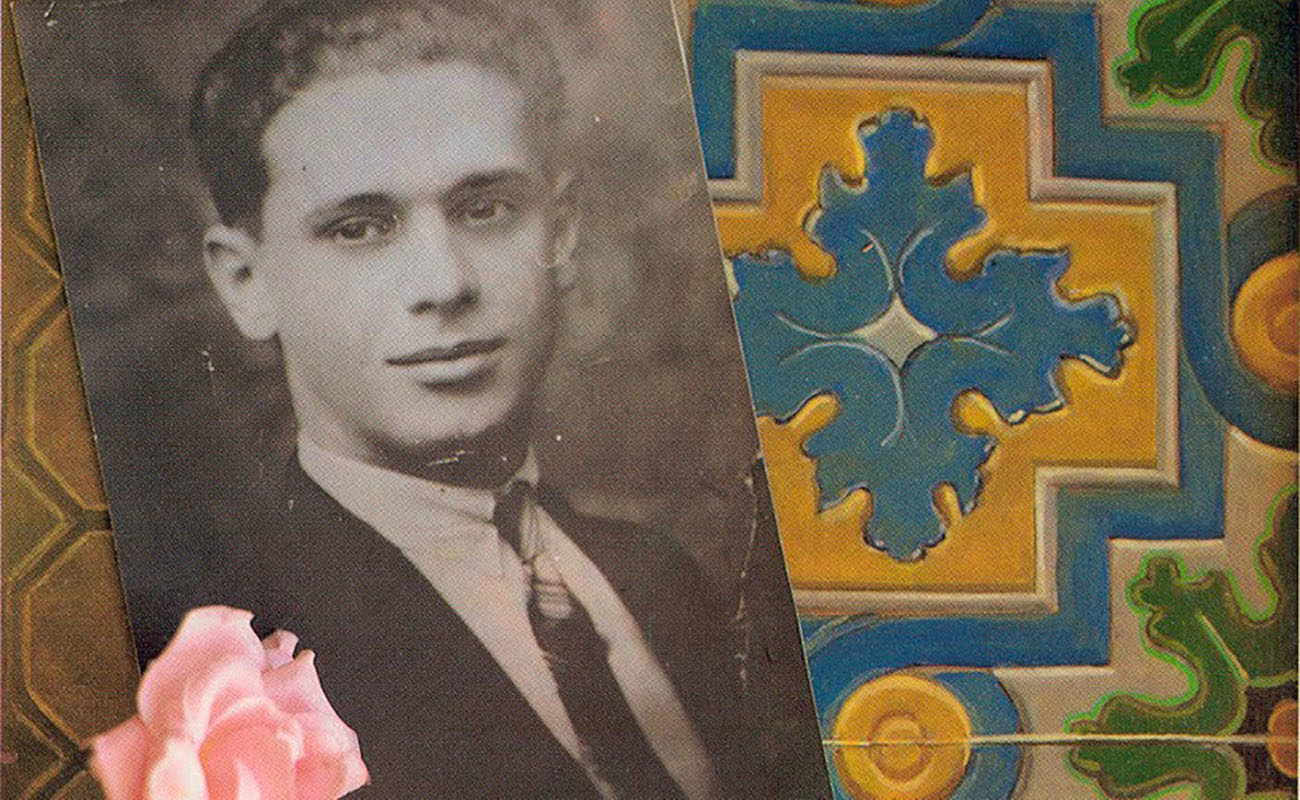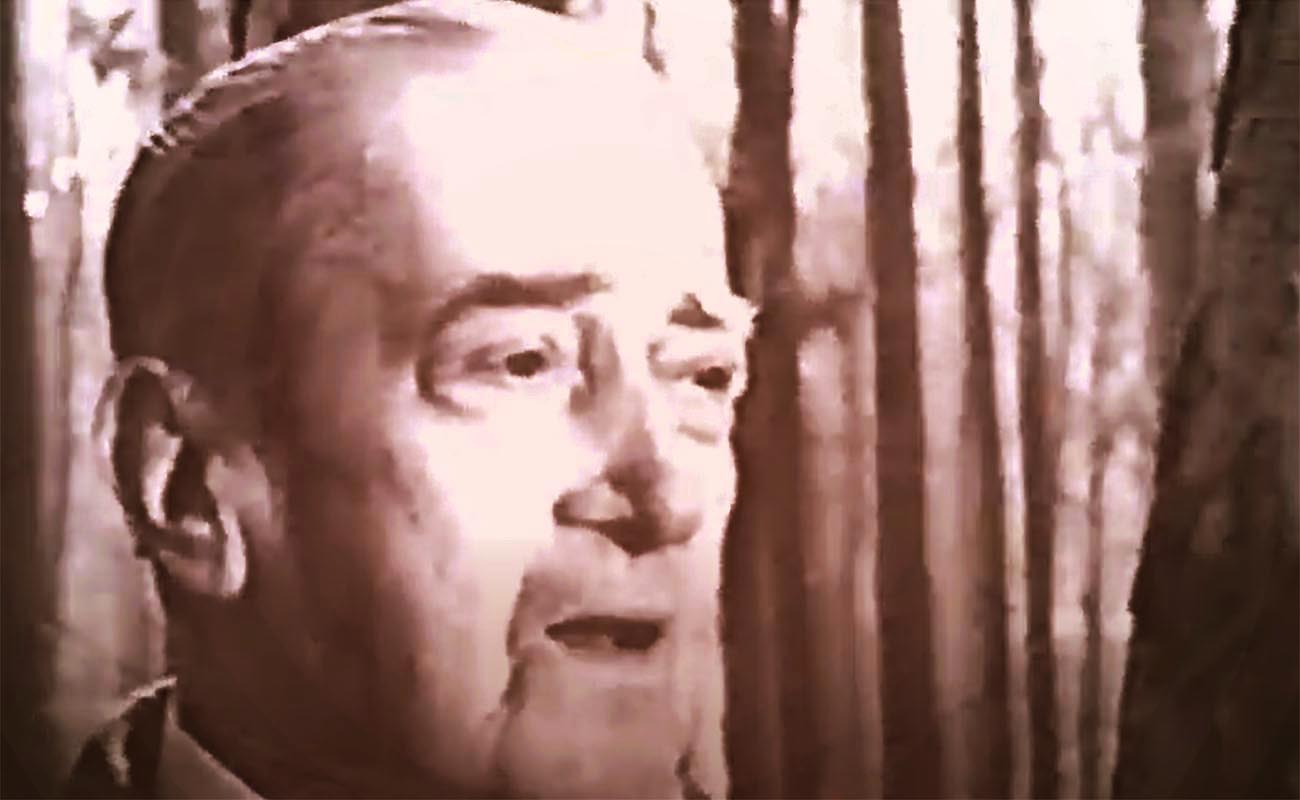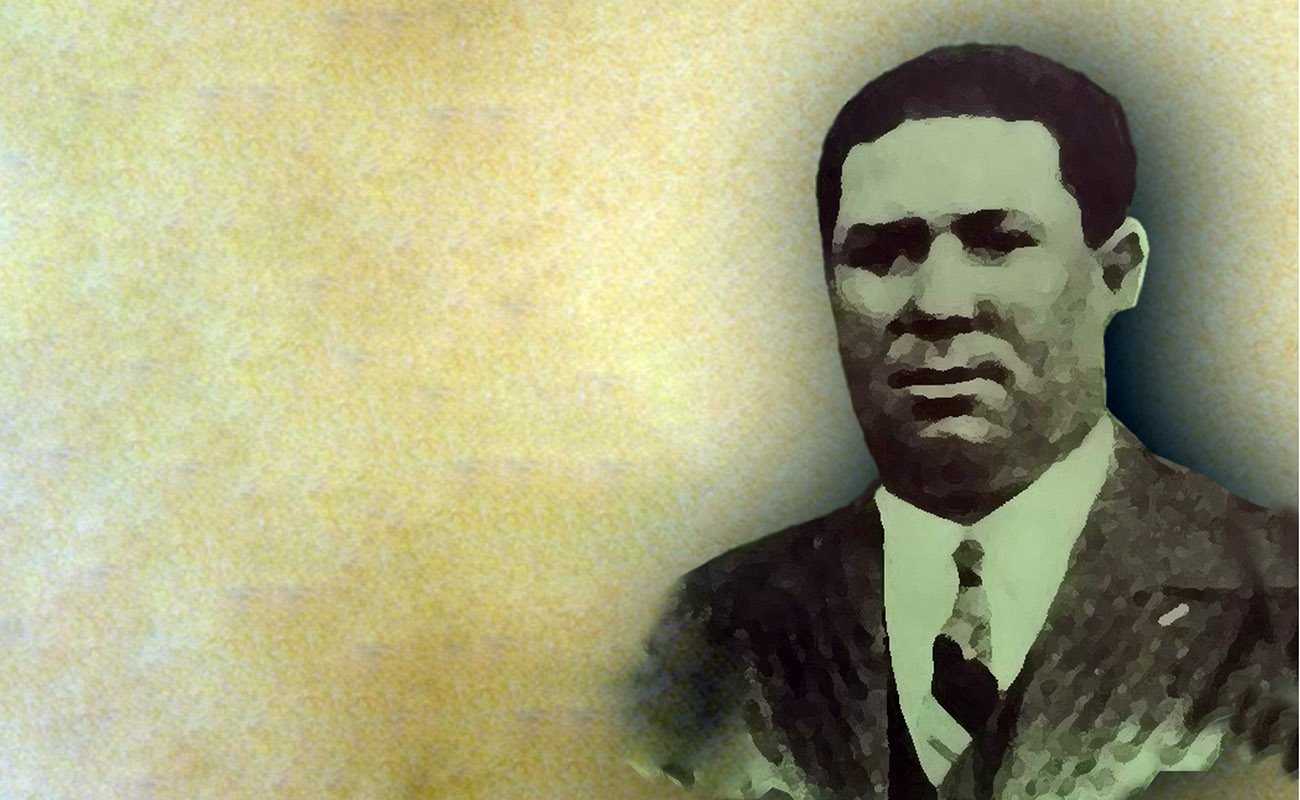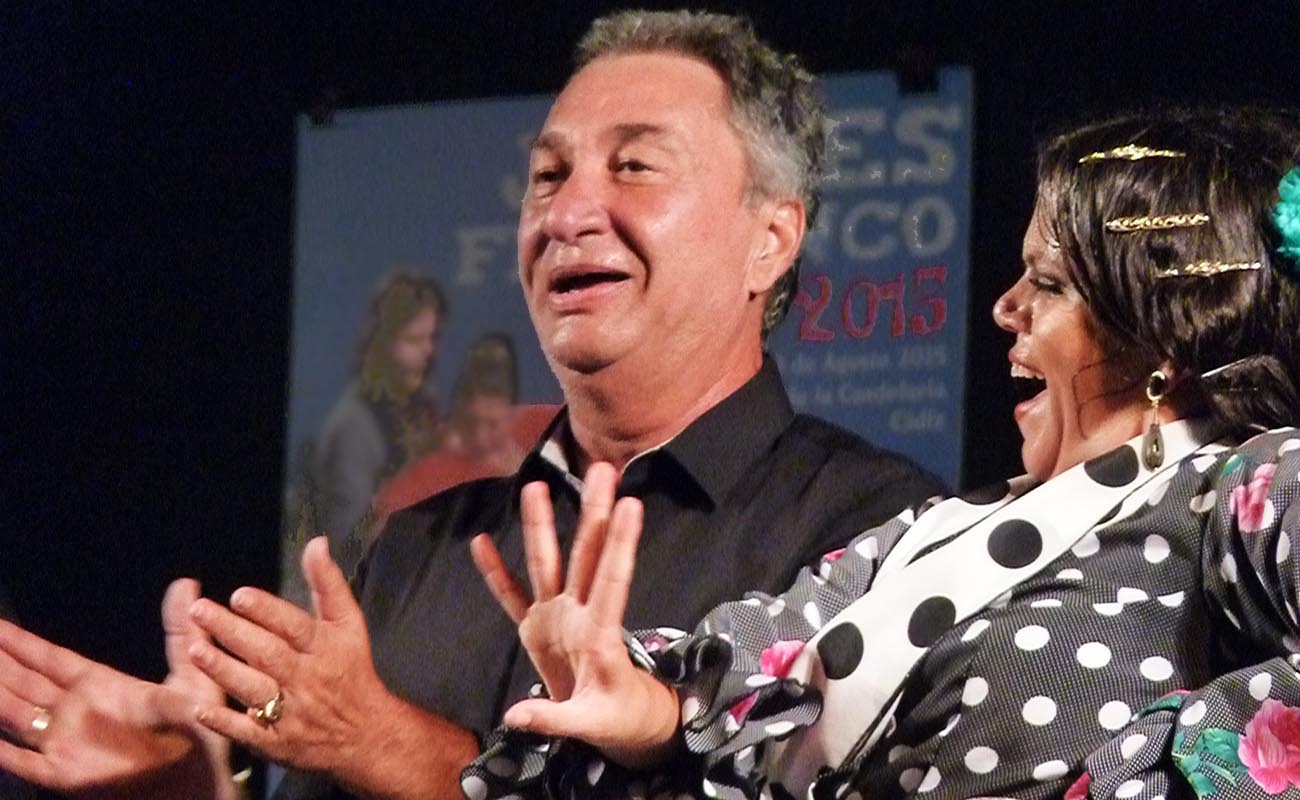Remembering El Carbonerillo
The last romantic of the cante macareno, who with one stanza of fandango was able to overwhelm with sorrow or with joy. Not only by fandangos, but also by other palos such as seguiriyas, soleares, tarantas or those colombianas a compás so celebrated all over Spain.

El Carbonerillo would be 114 years old today, hadn’t he died on April 6th, 1937, age 31. The cause of his death was tuberculosis, an illness that killed many artists of cante, such as Manuel Torres, Paco Mazaco and Currito el de la Jeroma. El Carbonerillo’s real name was Manuel Vega García, and he came to this world on February 8th, 1906, on Sol Street, which was also the birthplace of Mochuelo, the bullfighter Manolo González and the cantaora Emilia Jandra. His mother, Rocío García Cuesta, was from old-town Seville, and his father, Manuel Vega Villar, was from Benacazón, in the province of Seville, although he grew up in Triana. El Carbonerillo’s father was a non-professional bailaor and he was a coalman (carbonero) who supplied coal to many coalyards in Seville. Thus his son was nicknamed El Carbonerillo (“the little coalman”) when he started singing, first at La Macarena neighborhood in Seville, and later all over Spain. As a child he worked with his sisters at the Pikman a garment factory in Seville. At lunchbreak, with his sisters would put him on a table for him to sing fandangilllos, earning cheers and treats from all in the factory. His sister Anita told me he that was born to be a singer, and that he sang like a nightingale, but his mother Rocío, the family’s boss, never wanted him to become a cantaor, which was an art of disrepute in those days, even as cante was already being dignified in the theatres by stars such as Niña de los Peines and Chacón.
The childhood best friend of El Carbonerillo’s was Pepe Pinto, another prodigy of cante who was born three years before him at la Macarena neighborhood. They would hang out around the taverns in the area, and one morning they ended up singing at the Café Novedades with another rookie, Niño de Marchena. Such was their performance that the café ended up filled with coins and flowers. Thus began the career of El Carbonerillo, who soon started to perform in the surrounding towns with guitarists such as Antonio Peana and Pepe el de la Flamenca, and later with another guitarist called Manolo El Carbonero, who later became known as Niño Ricardo. It was with Niño Ricardo that El Carbonerillo recorded his first albums in 1928, for the Regal record company, when he already was a well-known cantaor in all of Spain, even as he was just 22 years old. Fame, money and love – rather heartbreak – turned him into someone full of vices, trapped specially by alcohol, something quite normal in those days among the flamenco artists, who lived the nights in a Seville full of cafés, party halls and brothels. Those who knew him well, such as the guitarist Peana and the cantaor Enrique Orozco, told me that more often than not, he would be drunk at daybreak in some party hall, hauntingly singing lyrics torn from his heart, cursing women and ready to scuffle with any waiter who refused to serve him one last drink.
Despite all this, El Carbonerillo performed in several companies with the greatest artists of those days, in the 1930s, before the Spanish Civil War on 1936. He performed in shows featuring Niña de los Peines, Mazaco, Fregenal, El Pinto and Vallejo, among other great stars, and he left us a very interesting discography, now available in CD. That’s the legacy of music and lyrics left by this brilliant cantaor from Seville, the last romantic of the cante macareno, who with one stanza of fandango was able to overwhelm with sorrow or with joy. Not only by fandangos, but also by other palos such as seguiriyas, soleares, tarantas or those colombianas a compás so celebrated all over Spain: Cuna donde yo he nacío, Sevilla la tierra mía(1). Although he would always be remembered as a great fandanguero and for lyrics such as this, recorded with Sabicas in 1932:
Que quien te quiere soy yo
haz por quererte tú a mí
Que quien te quiere soy yo
Tú quieres a quien no te quiere
Válgame el amor de Dios
Qué desgraciaíta eres.
- Craddle where I was born, Seville, my land
I’m the one who loves you
Love me, then
I’m the one who loves you
You love who doesn’t love you back
For the love of God
You’re such a disgrace




